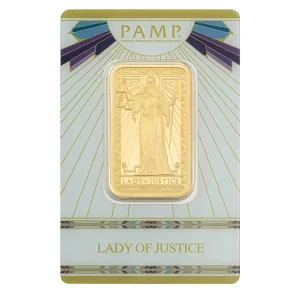Recessions signal the beginning of financial insecurity and may lead to long-term economic despair. Silver’s price as a haven asset may fluctuate considerably and fast during a recession. Indeed, the silver price normally rises during a recession, but historical patterns do not guarantee that this will be reproduced in the future.
Many investors keep Gold and silver as insurance against different economic downturns. Knowing how a market crash and accompanying dollar collapse would affect silver and Gold is critical for making investment choices today and choosing what to do if a significant recession occurs.
Although it is often assumed that gold and silver prices would decrease in lockstep with the market, Gold has typically done well throughout the recession, generating substantial gains. Silver has also done well during recessions, albeit not nearly as well as Gold.
The difference in the prices of gold and silver during a recession or depression is explained by the various levels of industrial utilization. Gold has a relatively modest number of industrial applications as opposed to the many uses of silver. Falling industrial metal demand reduces a recession’s favorable influence on the silver price.
Although the demand remains high due to investors seeking safe havens, it is decreasing due to manufacturers purchasing less silver for their goods. So recessions and market moves in the United States have a stronger beneficial influence on Gold than silver.
So we can say that the crash does not always affect the Gold market. Gold’s value has climbed dramatically in 75% of all market recessions.
That’s why it is reasonable to believe that storing Gold during a recession is a smart decision. Silver, on the other hand, did not do so well during stock market crises. In actuality, silver only rose during one of the S&P selloffs.
This is most likely due to silver’s widespread industrial use. As a result, a drop in industrial output may reduce demand for silver and its price.
 Hi,
Hi,











